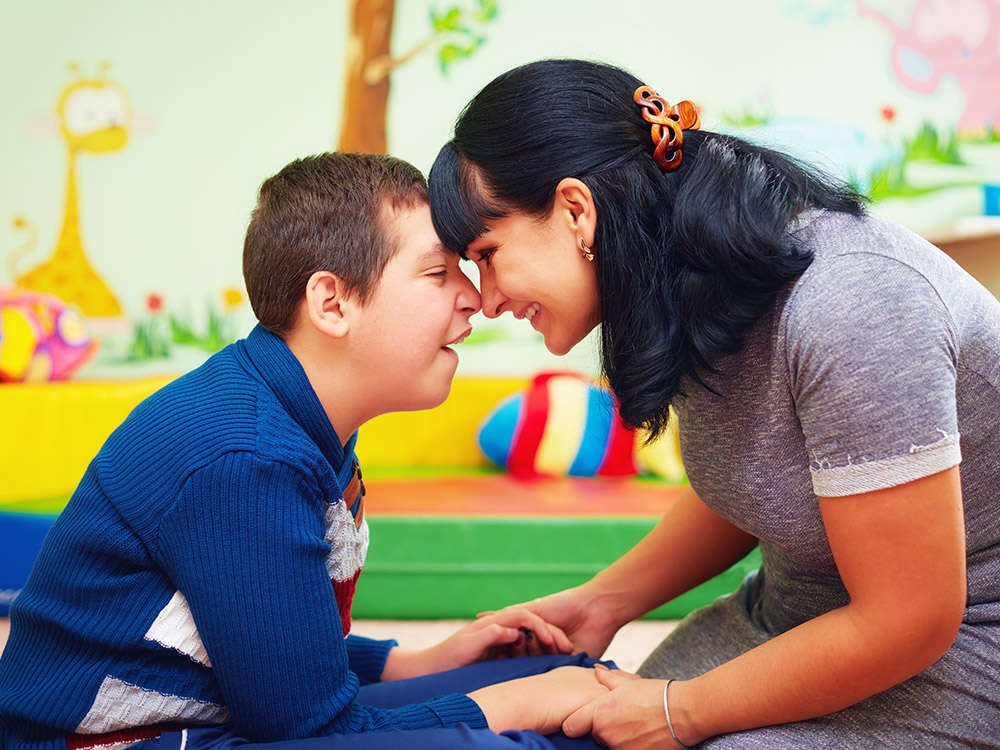Recognizing Autism: A Comprehensive Guide to Symptoms and indications
Autism Range Condition (ASD) encompasses a vast array of characteristics that can considerably influence a person's social interactions and everyday performance. Understanding these subtleties not just help caretakers and instructors in giving proper support yet additionally fosters a more comprehensive setting for individuals with ASD.
Introduction of Autism Spectrum Problem
Defining Autism Spectrum Disorder (ASD) involves acknowledging it as a complicated neurodevelopmental problem identified by a series of challenges in social communication, interaction, and behavior patterns. The term "spectrum" mirrors the broad variability in signs and symptoms and their extent, which can vary substantially from one person to one more. ASD normally shows up in early childhood years, although some people might not receive a medical diagnosis till later in life.
Aspects influencing the growth of ASD include genetic predispositions and ecological elements, although the specific reasons stay under investigation. Medical diagnosis commonly counts on behavioral evaluations, as there are no clear-cut clinical tests for ASD. Early intervention is vital and can substantially enhance end results, concentrating on improving communication abilities, social communications, and flexible actions.
People with ASD might also display one-of-a-kind toughness, such as outstanding focus to information or certain areas of competence. Recognizing the diverse nature of ASD is essential for cultivating a comprehensive atmosphere that accommodates neurodiversity. Proceeded study is crucial for creating effective interventions and support systems, enabling individuals with ASD to thrive and meet their possible within culture.
Typical Indicators of Autism
Identifying the usual indicators of Autism Range Condition (ASD) is essential for early recognition and intervention. These indications can vary commonly in severity and discussion, however particular qualities are often observed in individuals with ASD.
One of the most widespread indications is a significant difficulty in keeping and developing eye contact. Individuals might likewise exhibit restricted interest in social communications and show a preference for singular play.
Sensory sensitivities are additionally typical; individuals might underreact or panic to sensory stimulations, such as lights, noises, or textures. autism. Language advancement can be atypical, with some children displaying delayed speech or using language in unusual means, including echolalia-- repeating expressions or sentences heard somewhere else
It is vital to keep in mind that not every individual with ASD will certainly present all these indications, and the degree of these behaviors can differ substantially. Early recognition permits timely support and resources, improving the lifestyle for those on the range.
Social Communication Challenges
Social interaction obstacles are a hallmark of Autism Range Problem (ASD), affecting a person's capability to engage properly with others. These troubles can materialize in different ways, consisting of obstacles in launching and keeping discussions, recognizing social hints, and responding suitably in social interactions.
People with ASD may deal with nonverbal interaction, such as eye get in touch with, face expressions, and body language. This can result in misconceptions, as their communicative intent may not be correctly interpreted by others. Moreover, they may locate it challenging to comprehend the nuances of tone and context, which are important for reliable communication.
In group setups, individuals with ASD may feel overwhelmed and might not understand just how to join in conversations (autism). They could additionally show atypical conversational patterns, such as monologuing about certain passions without acknowledging social reciprocity
Furthermore, these obstacles can cause social seclusion or problems in developing relationships, as peers may misinterpret their habits or communication style. Comprehending these social communication difficulties is important for cultivating helpful environments that promote social abilities advancement and improve the high quality of communications for people on the autism spectrum.
Sensory Feedbacks and level of sensitivities
Numerous individuals with Autism Range Disorder (ASD) experience enhanced sensory sensitivities that can dramatically impact their day-to-day lives. An individual with ASD might discover daily noises, such as a vacuum cleaner or crowded atmospheres, extremely upsetting, leading to anxiety or disasters.
Sensory handling distinctions in individuals with ASD can likewise check over here influence their capacity to involve in social interactions and regular tasks. For instance, a kid who is delicate to touch might resist physical affection or stay clear of certain garments materials. Conversely, a choice for sure structures or preferences can restrict nutritional choices and create difficulties throughout nourishments.
Comprehending these sensory sensitivities is necessary for acknowledging the unique experiences of people with ASD. Recognition of their sensory accounts can cultivate far better communication and support strategies, producing an environment that fits their demands and boosts their quality of life. Inevitably, recognizing sensory sensitivities is a critical part of understanding the wider range of autism.

Supporting Individuals With Autism
Effective assistance for people with Autism Range Problem (ASD) is critical for boosting their overall well-being and promoting freedom. Support approaches must be customized to meet the special demands of each individual, considering their toughness and difficulties.

Social abilities training can likewise play a critical duty. autism. Engaging people in team tasks or role-playing circumstances can enhance their ability to navigate social communications. Additionally, it is important to educate relative, caregivers, and peers about ASD to promote a comprehensive and supportive area
Final Thought
In final thought, a thorough understanding of Autism Range Disorder is crucial for identifying its indications and signs and symptoms. Early recognition of usual features, such as social communication challenges and sensory sensitivities, makes it possible for caregivers and teachers to apply efficient interventions. By fostering boosted interaction and social skills, individuals with autism can navigate their atmospheres extra successfully. Ultimately, increased understanding and assistance can substantially enhance the quality of life for those impacted by ASD.
Autism Spectrum Condition (ASD) includes a wide array of attributes that can significantly click to find out more impact an individual's social communications and day-to-day functioning.Individuals with ASD might have a hard time with nonverbal interaction, such as eye call, face expressions, and body language.Several people with Autism Spectrum Disorder (ASD) experience increased sensory level of sensitivities that can dramatically influence their everyday lives.Sensory processing differences in people with ASD can likewise affect their capacity to involve in regular activities and social communications.Comprehending these sensory level of sensitivities is important for recognizing the unique experiences of individuals with ASD.